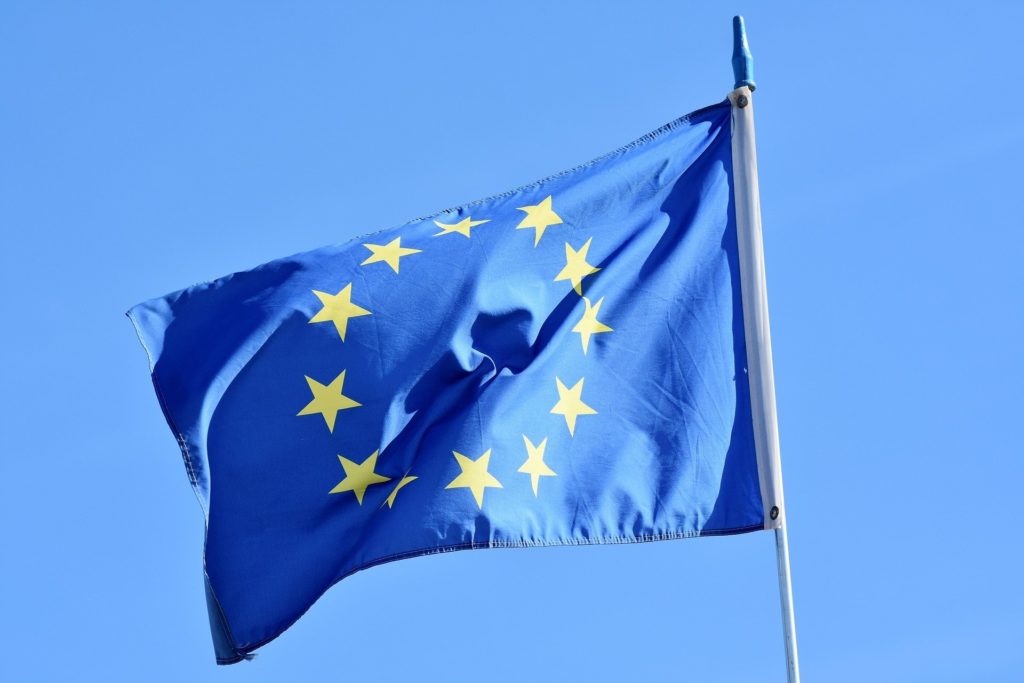Eyes and ears across Europe have turned toward Europe’s Green Recovery Plan, released last week. The plan ignited mixed reactions, including from the REN21 community.
The Green Recovery Plan “Next Generation EU” was released on 27 May. It aims to support “twin transitions” to green development and digitalisation, through a €750 billion emergency fund. €40 billion of this fund is to exit fossil fuels.
According to Commission officials, the ‘Do No Significant Harm’ principle will apply as a guideline for Europe’s recovery from the economic effects of COVID-19. The goal is to encourage low-carbon developments.
They also promise to earmark one quarter of the EU’s overall revamped budget for expenditure related to climate. Including, renewable energy, building renovations, hydrogen and clean mobility.
Action speaks louder than words
However, the Recovery Plan is just that: a plan. The actions that come next will determine its effectiveness. Here’s what some members of the REN21 community will be looking out for:
WWF wants to see that the “Do No Harm” principle applies to the entire budget. Using EU taxonomy to monitor progress on sustainability targets should be an “explicit requirement”. The environment NGO also calls for “the EU’s climate target to be increased urgently from 40% emissions reductions by 2030, to 65%, which is what science says is needed to help avoid climate catastrophe.”

Climate Action Network (CAN) also criticises the lack of a more ambitious climate target for the plan and calls for an end to fossil fuel subsidies in Europe. “The Commission failed to make the Green Deal the European Union’s roadmap out of the COVID-19 crisis. By letting taxpayer’s money be spent on fossil fuels, the Commission does not acknowledge the importance of long-term investment decisions for achieving climate neutrality. The lack of a more ambitious climate action target for the EU budget and the new recovery fund risks derailing the European climate and environmental objectives,” comments Markus Trilling, finance and subsidies policy coordinator at CAN.
The Global Wind Energy Council (GWEC) encourages putting “wind energy investment at the center of their economic recovery and growth plans”, inter alia by introducing “meaningful carbon pricing on an international basis”. They also want the plan to “allow the accelerated deployment of renewables and electrification of sectors such as transport, heating and cooling and industry.”
GWEC also calls for re-skilling. “Workers who may be dislocated from sectors with a declining business case” should be given training for “employment in growing sectors like offshore wind.”
World Future Council in its post-COVID-19 statement that the economic stimulus “should secure millions of decent jobs, specifically for young women and men who are affected most by the crisis and enhance green new deals.”

Greenpeace calls for the end of fossil fuel subsidies. Plus, no bailout for gas, oil and coal companies, airlines, or other major polluters and more decentralized renewable energy. Greenpeace Director Jorgo Riss, calls the Commission’s green growth model a ‘smokescreen’. “The post-coronavirus economy cannot be a decarbonised version of the pre-coronavirus economy – we must build back better,” he says.
Funds must be spent wisely
“At REN21, we are curious and hopeful about Europe’s ability to incorporate more renewables in its energy mix as a result of the green recovery package,” says REN21’s Executive Director Rana Adib. “However, a lot of oversight will be required to make sure the funds from this recovery effort are being spent wisely and in ways that effectively lower emissions.”
REN21 research from the Renewables Global Status Report shows that the following areas will need special attention:
- The transport sector is still far from green. The recovery plan must avoid cementing current production lines. Electric vehicles must be powered by 100% renewable energy, and the avoid-shift-improve approach can be employed to switch to passive transport modes.
- Renewables in heating and cooling need more policy support and funding. The sector accounts for over half of total energy consumption and is key to improving the energy efficiency of buildings. However, our data shows that little progress has been made in this sector over the past five years.

- Hydrogen needs to be made with renewable power. Around 95% of current hydrogen production uses processes powered by fossil fuels. “Don’t think about and plan the roof, and then stop building the house’s foundations,” recalls REN21’s Executive Director Rana Adib: “There is no clean hydrogen without renewable power. Investments in clean power capacities need to come first.”
Green recovery must support renewables
For Adib, clean power does not include natural gas: “The EU needs to take a firm stance against natural gas. While the natural gas lobby tends to be extremely influential, gas produces high emissions. Europe should not consider gas a “clean” energy source going forward.”
In the wake of the EU recovery package, global business leaders, investors, and scientists have addressed an open letter to the IEA to put 1.5 °C at the heart of its forthcoming WEO Special Report on COVID-19 economic recovery.
In the coming months, REN21 will continue to publish data on the progress of renewable energy sources. We must ensure that Europe makes the change to renewables as swiftly as possible.
Stay tuned for the release of our annual Renewables 2020 Global Status Report on 16 June. Sign up here to be the first to receive it.





